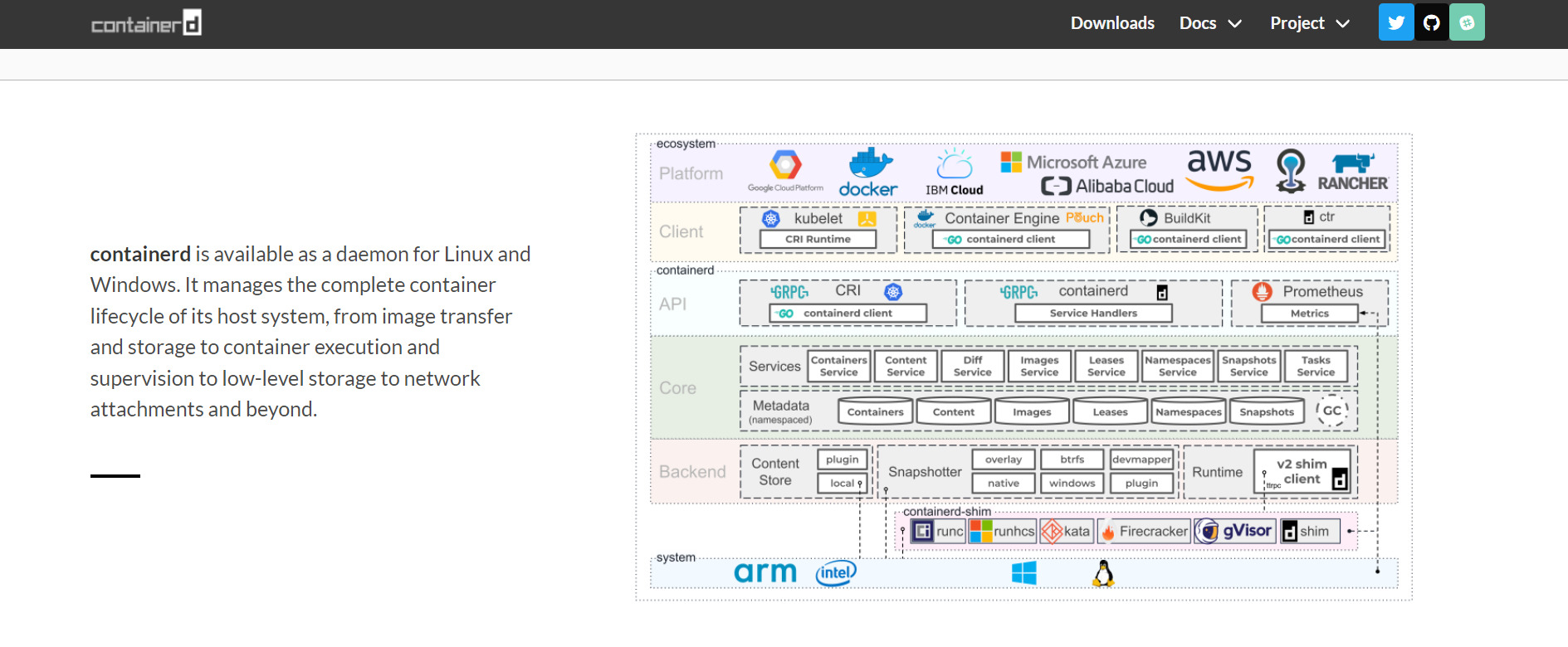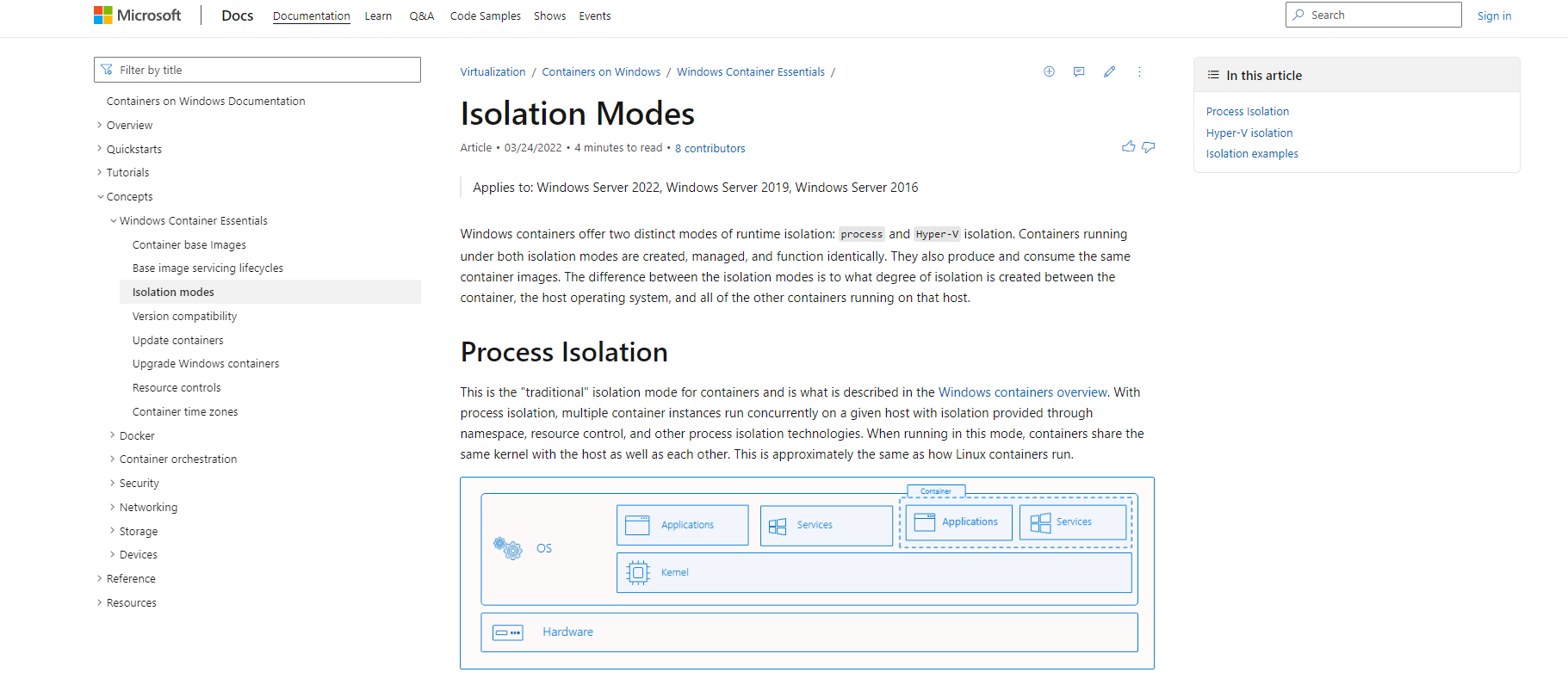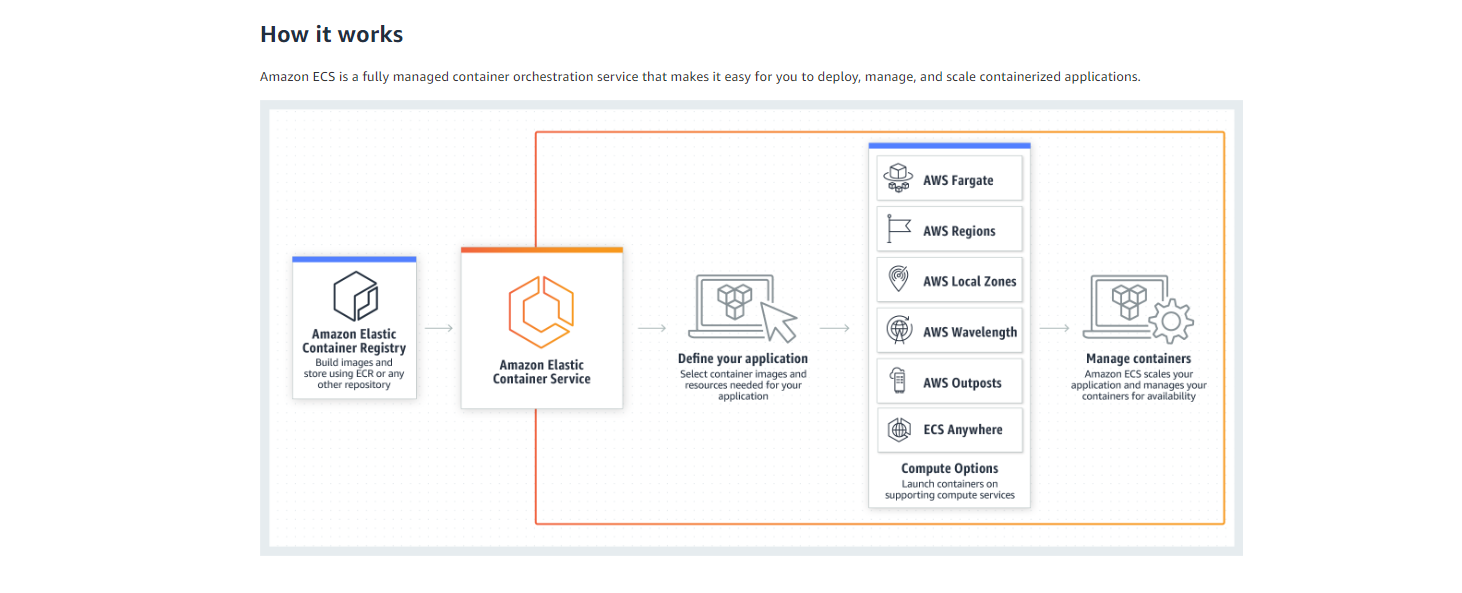RKT, also known as CoreOS Rocket, is an open-source container with improved security.
RKT can handle a variety of container types, including Docker images. It has a pod native approach, a pluggable operating system, and a web specific surface area, among other things.It integrates nicely with init systems and works well with Linux security standards such as SELinux.
But did you know that there are some great alternatives to RKT that you can consider? So, let’s take a look at some of the best RKT alternatives. By the end of this article, we’re sure that you’ll have in-depth information about the various options, their features, and the pricing structure.








































